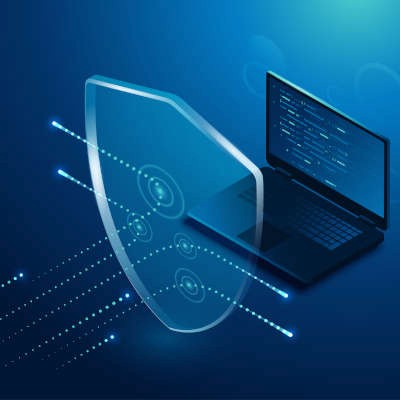EZ MSP Blog
Four Key Components of Successful Network Security
Nowadays, a business’ network security needs to be amongst its top priorities if it is to have any chance of operating without undue risk of data breaches and other incidents. Admittedly, managing this sounds like a Herculean task, but a few relatively simple implementations can help give your security a considerable advantage as you lock down your business’ future. Here, we’ve reviewed four such areas you need to focus on.
Patch Management
Software is notoriously imperfect, as indicated by the constant updates and patches that are rolled out for different titles and platforms. Cybercriminals are highly motivated to identify these imperfections and take advantage of them to achieve their own ends. As a result, the importance of promptly installing these packages is elevated to help avoid experiencing the ill impacts of such threats.
Many businesses will only patch after testing the update (if they manage their patches at all). While this isn’t necessarily a bad policy, it is crucial that this process happens as quickly as possible to avoid exposing you to more risk.
Device Control
To state it plainly, you need to have some level of control over the security of any and all devices that connect to your business’ network—regardless of whether they belong to the company, or if they are privately owned. This will help to ensure that vulnerabilities aren’t making their way into your business by piggybacking in on devices that may have connected to an insecure network.
As more people than ever are also taking advantage of remote work, you should also make sure that your employees are able to securely access the resources they require to successfully complete their responsibilities. Again, the networks they use at home aren’t likely to be as secure as the one your business relies on should be. Implementing the use of virtual private networking to facilitate secure remote work should be considered a must.
Benchmark Comparisons
It is also valuable to know A: which solutions you are currently using and B: how well your security best practices line up to what can be considered acceptable. This can be accomplished by contrasting your own with the levels that have been previously established.
With the information and data gleaned from such assessments, you will be better able to identify your most pressing security shortcomings and resolve them accordingly.
Identity Management
Of course, we can’t discuss network security without also bringing up the idea of controlling access to data based on a user’s role and associated need for the data in question. After all, someone in one department may have no need for the very same data that another department finds absolutely essential. Even more pressing is the fact that you need to ensure that only authorized users can access the network and its stored resources at all.
Many security experts have shared opinions about how best to do so, and the modern consensus is swiftly migrating away from relying solely on passwords for authentication. Instead, a shift to multi-factor authentication—where an additional proof of identity is required—has become the prevailing wisdom. This can range from implementing time-sensitive generated codes into your authentication processes, to providing your users with a hardware-based security key that will provide them with access.
Are you looking to improve your company’s network security?
EZ MSP is here to help. Our experts have the expertise gained from years of experience to evaluate your IT infrastructure and its protections to make recommendations as to the best improvements to make. Reach out to us at (914) 595-2250 to learn more.

